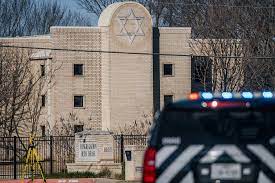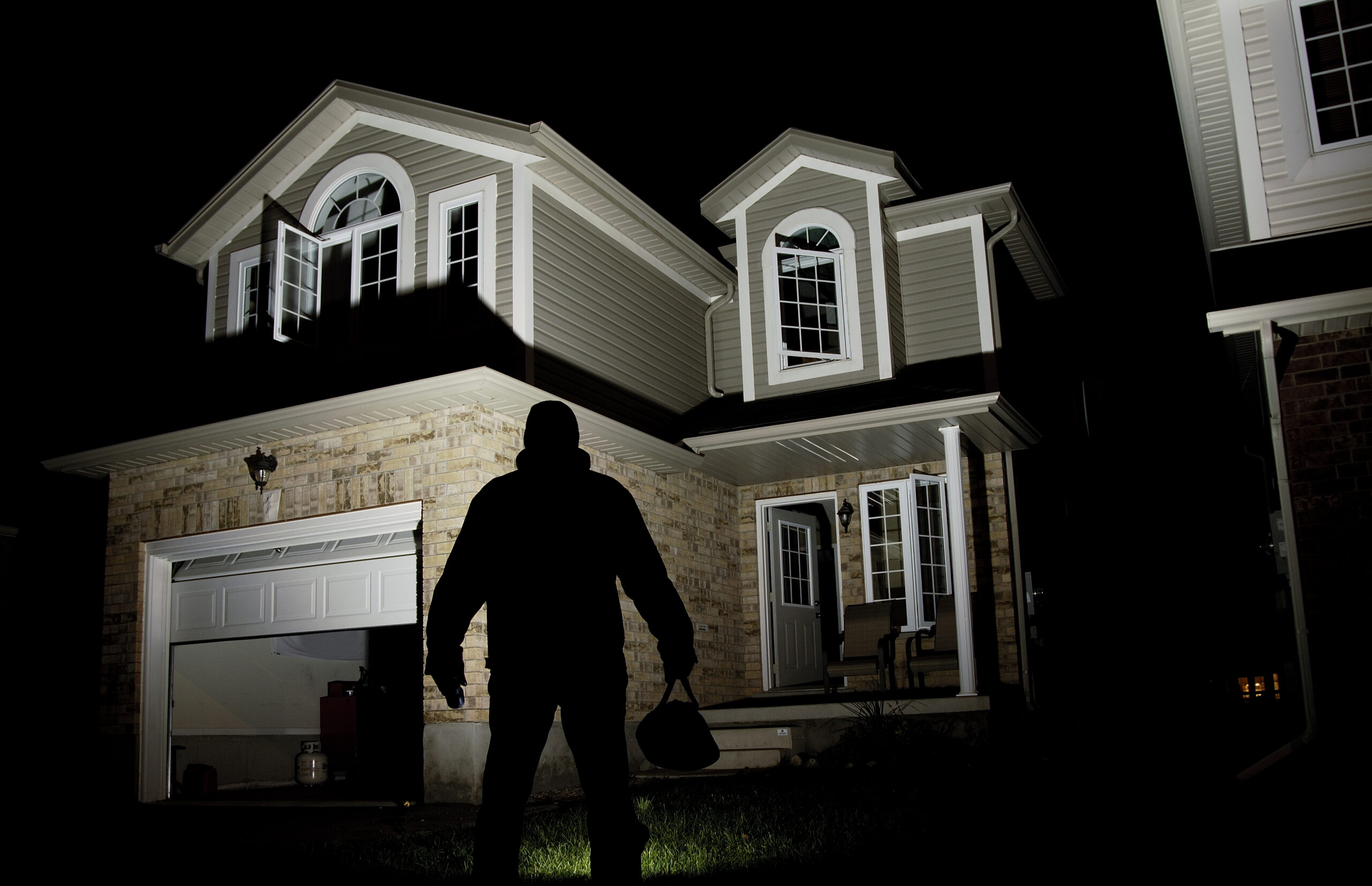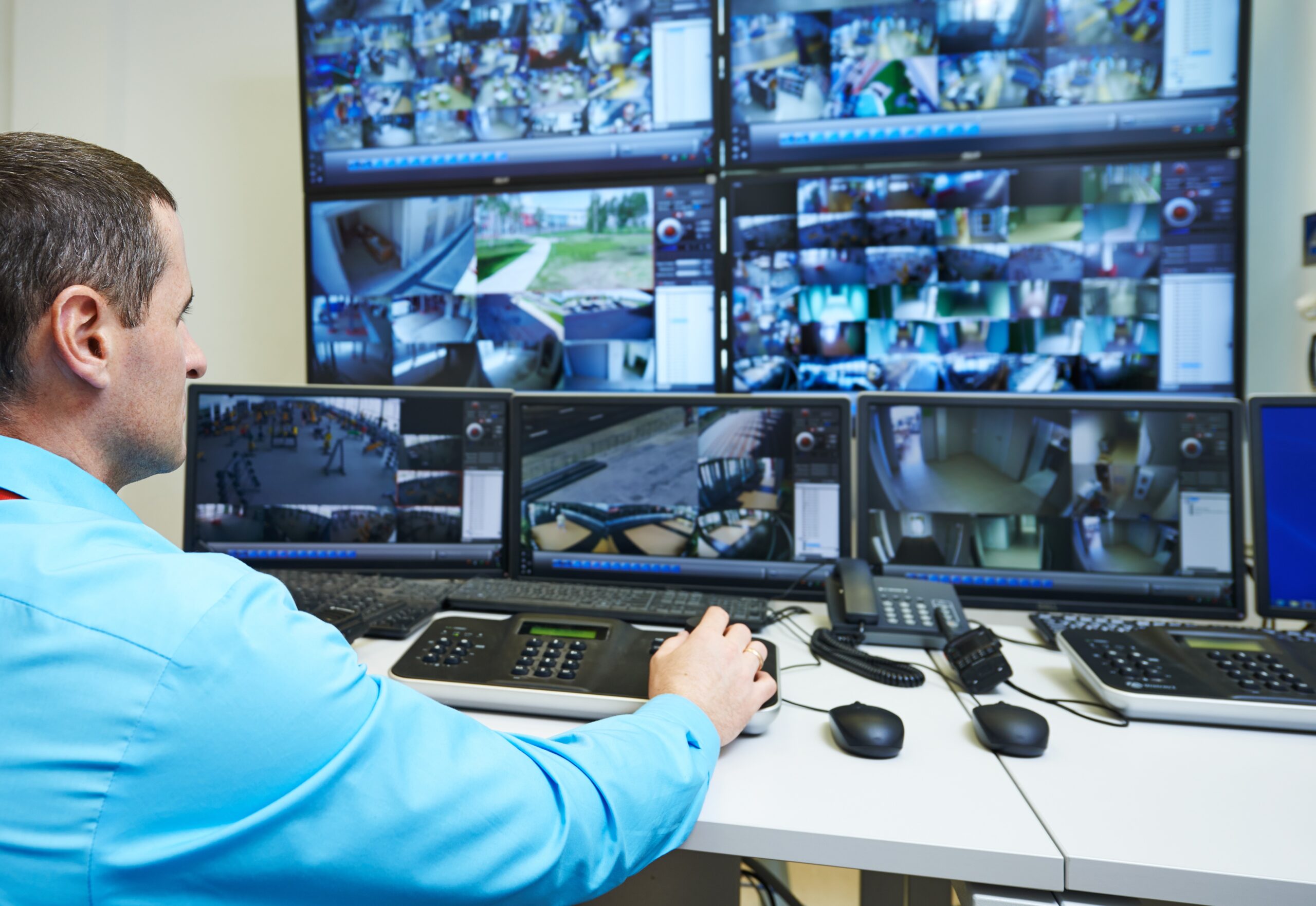In Kansas City, Missouri, a dispatcher’s mistake led to the death of a law enforcement officer on March 6. The other two responding officers were also shot and injured. The incident forces us to look at the importance of reporting location accurately to emergency dispatchers in order to protect and help those on scene as well as ensure the safety of our first responders.
AEGIS Security & Investigations officers are trained to provide accurate and detailed information to 911 dispatchers for any emergency the encounter. Our Los Angeles-based security company, licensed and insured in the State of California, provides high-end armed and unarmed security officers who are trained to observe, report, and ensure the safety of you and your property.
The primary issue in the Kansas City incident (that has been identified so far) is lacking clarity in the call to dispatch. The person/people who called in could only be heard arguing, and no address had been made distinctly clear. While there are many questions left to be investigated in this unfortunate event, there are some direct actions you can take (and have your staff take) when they encounter an emergency requiring first responders.
Security officers are trained to observe and report, but we should all take a lesson from their book on being alert and noticing details of importance during an emergency. Start by identifying the issue: is it a medical problem or a security problem? Once you’ve determined the nature of the situation you should move into these descriptions:
- Who is involved/affected?
- Where are you and the others involved? Be able to tell the dispatcher whether you moved away from the situation and where the situation was initiated.
- When did the situation begin? When did the situation end (if it did)?
- What happened? What events are known to have led up to the instance, and what has happened since the incident began and/or ended?
To avoid providing incorrect information to dispatch, avoid the following:
- Speaking or arguing with others while on the line with dispatch
- Becoming emotional or hysterical while on the line
- Calling from an area in imminent danger
- Whispering into the phone
Looking at active shooter situations is a prime lesson in learning about the importance of accurate dispatch information. It was recently released that the lack of communication clarity at the Parkland high school shooting on Valentine’s Day was a contributing factor to not stopping the shooter before he had abandoned the site.
If you are involved in such a situation, here are the key elements you should prepare to relay to dispatch after you have found a safe location (remember, running from the shooter is the best way to save yourself):
- Where is the shooter? Provide the address or cross streets.
- Where are you? This will allow the dispatcher to determine a safe distance to communicate to first responders as well as verify that you (and others) are out of harm’s way.
- Who is the shooter? Offer identifying factors if you do not have personal knowledge of the person. What did s/he look like and wear?
- What type of gun did the shooter have?
- How many guns could you identify?
- How many shots could you identify/count?
- Are there victims? If so, where and how many?
- When did the shooting begin? Did it end?
Do your best to answer any questions the dispatcher has for you and to stay on the line if requested.
AEGIS Security & Investigations conducts active shooter training programs designed for people at all levels within an organization, and they can be tailored to training large groups of staff that will work premier events. These trainings are the first step in understanding you and your organization’s capabilities and responses to an incident. Taking the steps to become better prepared in hostile situations cannot only save your life but help save the lives of those around you.
The civilian active shooter training provided by AEGIS is intended to build on “run, hide, fight,” the long-standing method of saving yourself in these events. Workshops run from an hour to several hours dependent on the needs of the organization and individuals. Our most highly sought after workplace violence training program is our one-hour plus add-on Run, Hide, Fight Live Fire Demo. Participants begin with a lecture and basic training on how to handle the situation and are then exposed to sample scenarios in which they practice those same skills. The effectiveness of this scenario can be viewed when on a past CBS segment here.
AEGIS Security & Investigations is a Los Angeles region company that is licensed and insured in the State of California to provide high-end armed and unarmed regular and temporary off-duty police officers, bodyguards, security officers, loss prevention agents, and event staff. Additionally, we offer services for private investigation, consultation, people tracing, and background investigation. Our trainings and workshops in the field of security licensure and counter-terrorism have been featured in news media and are renowned for their efficacy. For more information or to contact us, visit www.aegis.com.
By Chelsea Turner & Jeff Zisner






